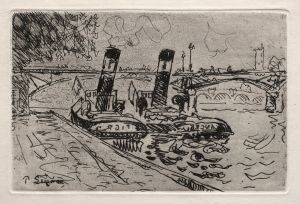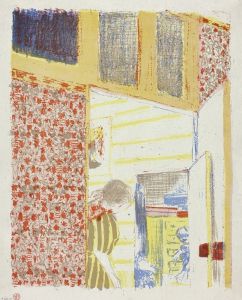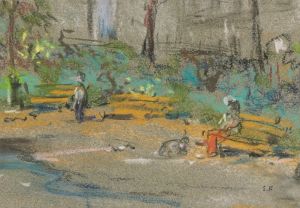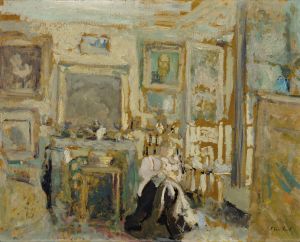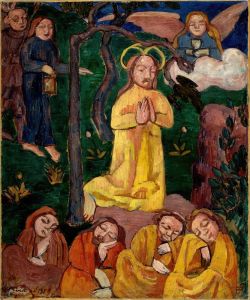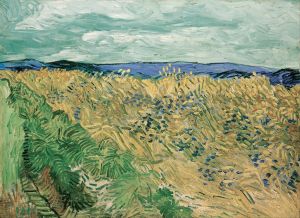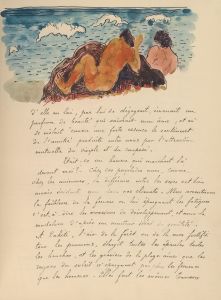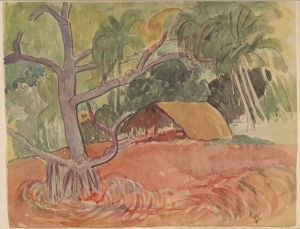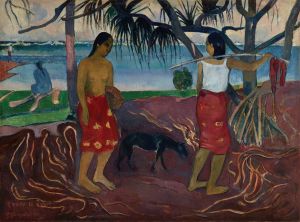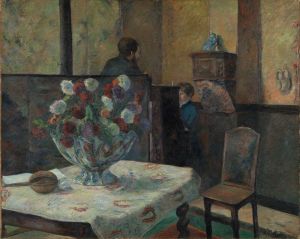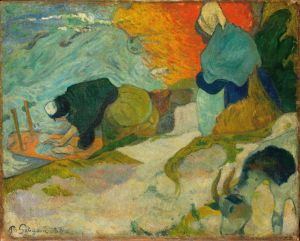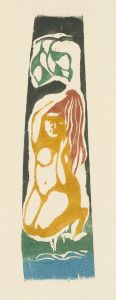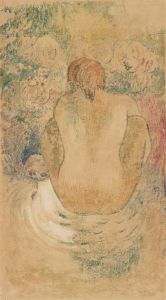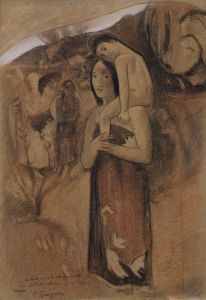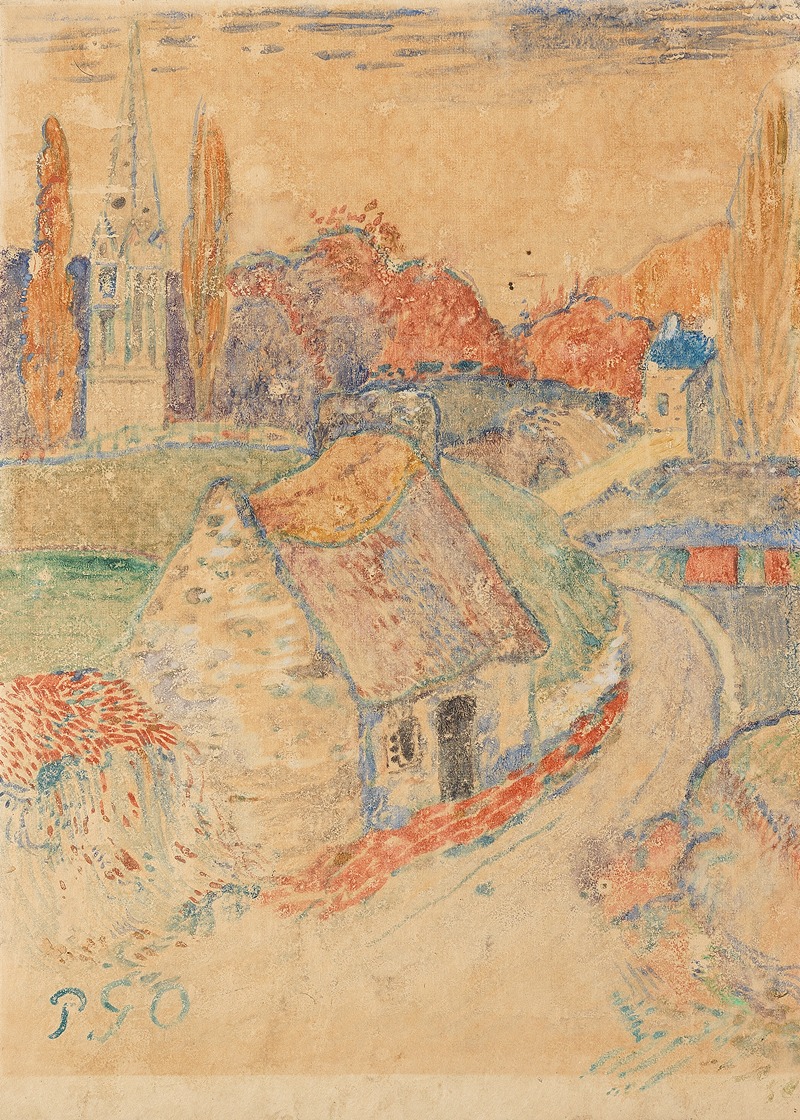
Paysage de Bretagne
A hand-painted replica of Paul Gauguin’s masterpiece Paysage de Bretagne, meticulously crafted by professional artists to capture the true essence of the original. Each piece is created with museum-quality canvas and rare mineral pigments, carefully painted by experienced artists with delicate brushstrokes and rich, layered colors to perfectly recreate the texture of the original artwork. Unlike machine-printed reproductions, this hand-painted version brings the painting to life, infused with the artist’s emotions and skill in every stroke. Whether for personal collection or home decoration, it instantly elevates the artistic atmosphere of any space.
"Paysage de Bretagne" is a painting by the renowned French Post-Impressionist artist Paul Gauguin. Created during a pivotal period in Gauguin's artistic career, this work exemplifies his evolving style and his interest in capturing the essence of the landscapes he encountered.
Paul Gauguin was born on June 7, 1848, in Paris, France. Initially working as a stockbroker, Gauguin began painting in his spare time and eventually decided to pursue art full-time. He became associated with the Impressionist movement, participating in several of their exhibitions. However, Gauguin soon sought to break away from Impressionism, seeking a more symbolic and expressive approach to art.
In the late 1880s, Gauguin spent time in Brittany, a region in northwestern France known for its rugged landscapes and distinct cultural identity. Brittany's unique environment and traditions provided Gauguin with a rich source of inspiration. During his stays in Pont-Aven and Le Pouldu, he became a central figure in the Pont-Aven School, a group of artists who were drawn to the area's natural beauty and sought to develop new artistic techniques.
"Paysage de Bretagne" is one of the works that emerged from Gauguin's time in this region. The painting reflects his departure from the naturalistic representation of landscapes typical of Impressionism. Instead, Gauguin employed bold colors, simplified forms, and strong outlines to convey his subjective interpretation of the scene. This approach aligned with the Symbolist movement, which emphasized the expression of ideas and emotions over realistic depiction.
The composition of "Paysage de Bretagne" showcases Gauguin's innovative use of color and form. He often utilized non-naturalistic colors to evoke mood and atmosphere, a technique that would later influence the Fauvist movement. The painting captures the essence of the Breton landscape, with its rolling hills, lush greenery, and dramatic skies. Gauguin's use of color and form in this work demonstrates his desire to move beyond the limitations of traditional representation and explore new avenues of artistic expression.
Gauguin's time in Brittany was crucial in the development of his mature style. The region's landscapes and culture provided him with a fresh perspective and allowed him to experiment with new techniques. This period also marked the beginning of his interest in Primitivism, which would later become a defining characteristic of his work during his time in Tahiti.
"Paysage de Bretagne" is an important example of Gauguin's transition from Impressionism to a more symbolic and expressive style. It reflects his quest to capture the spiritual and emotional essence of the landscapes he encountered, rather than merely their outward appearance. This painting, along with others from his Breton period, played a significant role in shaping the direction of modern art in the late 19th and early 20th centuries.
Today, Paul Gauguin is celebrated as a pioneering figure in the Post-Impressionist movement. His innovative use of color, form, and symbolism had a profound impact on the development of modern art, influencing artists such as Vincent van Gogh, Henri Matisse, and Pablo Picasso. "Paysage de Bretagne" remains a testament to Gauguin's artistic vision and his ability to capture the beauty and spirit of the world around him.





